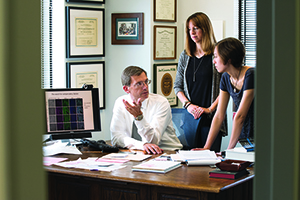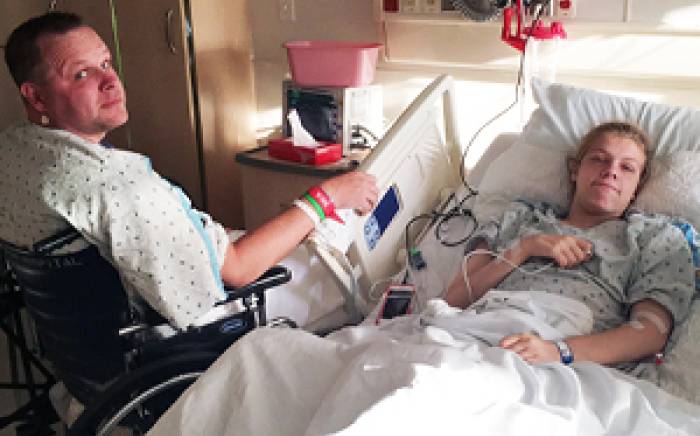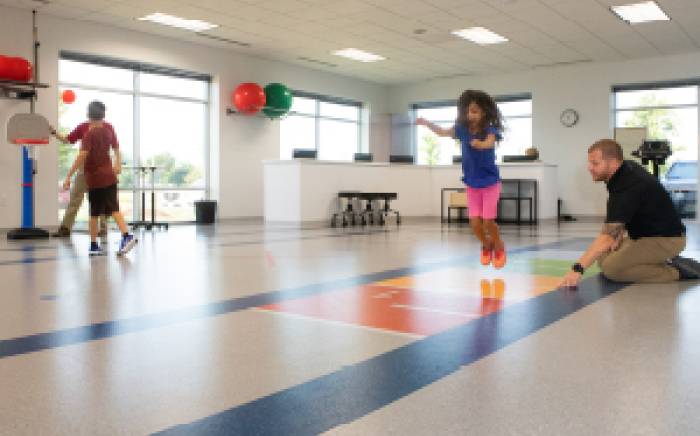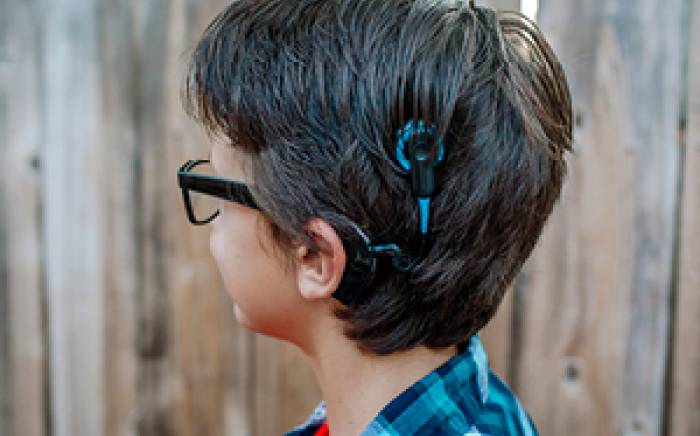Washington University School of Medicine’s Outlook magazine features an in-depth article outlining a multifaceted approach aimed at detecting, treating and even reversing the disorder.
By Rebecca Boyle / Freelance science writer
 Washington University School of Medicine researchers are using three major approaches to unravel the physical and psychological underpinnings of autism. The unique, multifaceted effort—studying genes, brain activity patterns and behavior—is giving researchers and practitioners a better understanding of the disorder, which today affects one in every 100 Americans.
Washington University School of Medicine researchers are using three major approaches to unravel the physical and psychological underpinnings of autism. The unique, multifaceted effort—studying genes, brain activity patterns and behavior—is giving researchers and practitioners a better understanding of the disorder, which today affects one in every 100 Americans.
Biology – Can autism be traced to a cellular level?
Co-investigators John Constantino, MD, the Blanche F. Ittleson Professor of Psychiatry and Pediatrics, psychiatrist-in-chief at St. Louis Children’s Hospital (SLCH), and director of the School of Medicine’s William Greenleaf Eliot Division of Child Psychiatry; and neuroscientist Azad Bonni, MD, PhD, are exploring how brain function changes in people with autism spectrum disorder (ASD). Because autism involves higher orders of thinking, animal models often are insufficient to test theories—and brain cells cannot be safely removed from patients. Instead, the researchers are taking human urine cells and converting them to neurons. In this way, researchers can explore genome-regulated function and development in a Petri dish.
Brain mapping – Do structural differences play a role?
Preliminary evidence suggests there are unique features of early brain structure and function among patients with autism. By comparing brain scans, scientists may be able to find physical evidence of autism and use that data pre-symptomatically to determine which child will develop the disorder.
Dr. Constantino; Bradley Schlaggar, MD, PhD, the A. Ernest and Jane G. Stein Professor of Developmental Neurology, head of the division of pediatric neurology, and neurologist-in-chief at SLCH; and their colleagues are using functional MRI and functional connectivity MRI to study brain architecture and understand how the brain’s physical attributes can affect a person’s psychological attributes.
Behavior – What do children with autism see?
The way young children explore the world with their eyes is under strict genetic control. When comparing the viewing habits of kids, patterns emerge. Normally developing children typically focus on people’s faces, particularly eyes and mouths. In atypical development, children fixate on inanimate objects. Such tendencies are visible at 2 months of age. Eye-tracking technology may detect these warning signs, and early therapeutic intervention could prevent autism-like behaviors.
Along with MR imaging, Dr. Constantino is using eye-tracking to catch autism-related behavior abnormalities in early development.
To learn more about these research efforts into autism, access the complete Outlook article at outlook.wustl.edu/unraveling-autism/.












